Software Development Team Structure: Roles and Responsibilities
Contents
The most optimized software development team structure suggested in 2023!
It is considered essential to be extremely meticulous at building a perfect dream team for the software development department. A successful software development project depends on an optimized team for this specific case. In order to create your own powerful team, first you need to know how to build one. Try to answer these questions: What should be the software development team roles and responsibilities? What are the factors that influence the success of your team? Why has your previous team not succeeded yet?, etc. As you gradually explore the structure-building tips, you will realize that there are some great factors along with some types and outsourcing models that you should probably pay close attention to, which will be fully explained in this article as below.
Factors To Build A Software Development Team Structure
In general, there are many elements that influence the process of forming a team, especially forming a software development department. Here are some factors that are considered to be the key influences on the software development team structure.
Time frame
It is highly important to specify the time frame which the project needs to be accomplished. This will affect the team structure as well as the amount of work for each role and the size of team. As you can see, the fewer members there are, the longer it takes to finish the project. In contrast, if there is an excessive number of roles, the work will be divided into overflowing multiple tasks, and it will no doubt be a troublesome nuisance for the whole team.
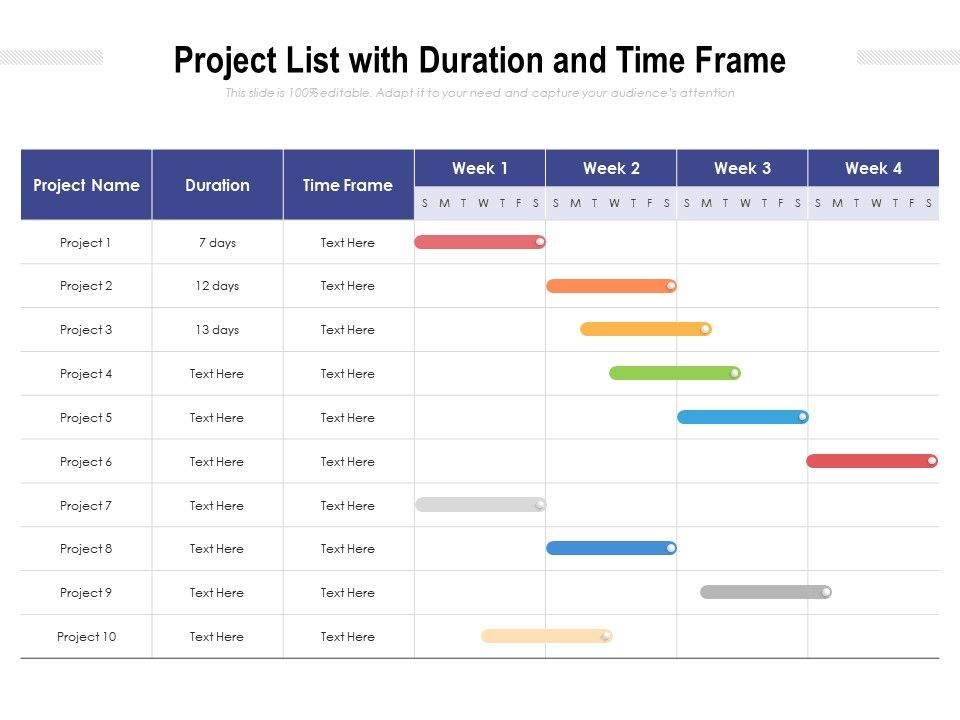
For example, if the timeframes are tight, experienced specialists will be recommended as the one can handle the demands of multiple other positions. This results in a fast but efficient outcome with an optimized number of members. In contrast, if the team receives a loose timeframe, there will be some extra roles added to the group as well as the project is divided into small work headlines. This can result in more concrete outcomes and the members can gain more experience from the course.
Working models
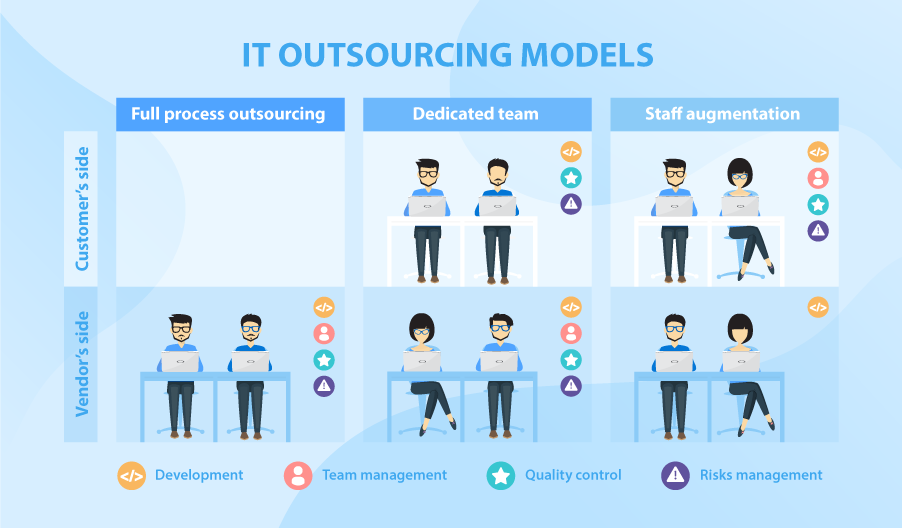
There is no doubt that choosing a working model to pursue for the project is crucial as well as other factors, especially for the software development department. A project’s quality, timeframes, budget, and ability to meet the stakeholders’ expectations largely depend on the chosen model. Today, software development outsourcing is becoming more and more popular and prevalent for tech savvy companies. Each model has its own benefits and challenges to specific projects and teams; therefore, you should carefully choose the most suitable one among the available options. There are some well-known models such as: Staff augmentation, Project-based, Dedicated team, etc. Three of them will be deeply discussed in the next section of this article.
Budget
Budget is without doubt an essential element that you should seriously put into your thoughts. This element will certainly affect every decision you make. For instance, it will put some limitations on the number and the quality of members in your team, or the condition of the project’s output, along with the tools the members are provided with. Moreover, each member has their own needs, and this is directly related to their wage and the performance for their work. In order to optimize the project expenses with minimum sacrifices, it is highly recommended that you focus on your project’s priority features first, and adjust your team’s structure so as to form the team at the most flexible cost but with the most efficient results. This factor is in fact inextricably intertwined with the two factors above.
Roles and Responsibilities
Last but not least, each role of the members and their responsibilities will also affect your group enforcement. Every project will be distinct from one another. Therefore, if you want to form a group, you need to understand most of the required tasks for the project, and then choose suitable roles for it. Nevertheless, each position has its specific duties, as well as members’ performance vary, hence you should have in mind all of the compulsory information before dividing the tasks to the precise person. With the purpose of pushing the efficiency to the climax, certain types of forming the team structure will for sure indicate if your team’s productivity is following the track or not.
Types of Team Structure in Development
Similar to the factors, there are a variety of types representing various styles of managing a team structure. Here are two most popular types of team structure in software development: Waterfall and Agile.
Waterfall
The software development methodology that is considered as the pioneer in this industry is the Waterfall model. Speaking of Waterfall, it is a linear approach to the software development lifecycle (SDLC) that is quite familiar with the software engineering and product development aspects. This model is also utilized more generally as a top-level project management philosophy for complex projects.
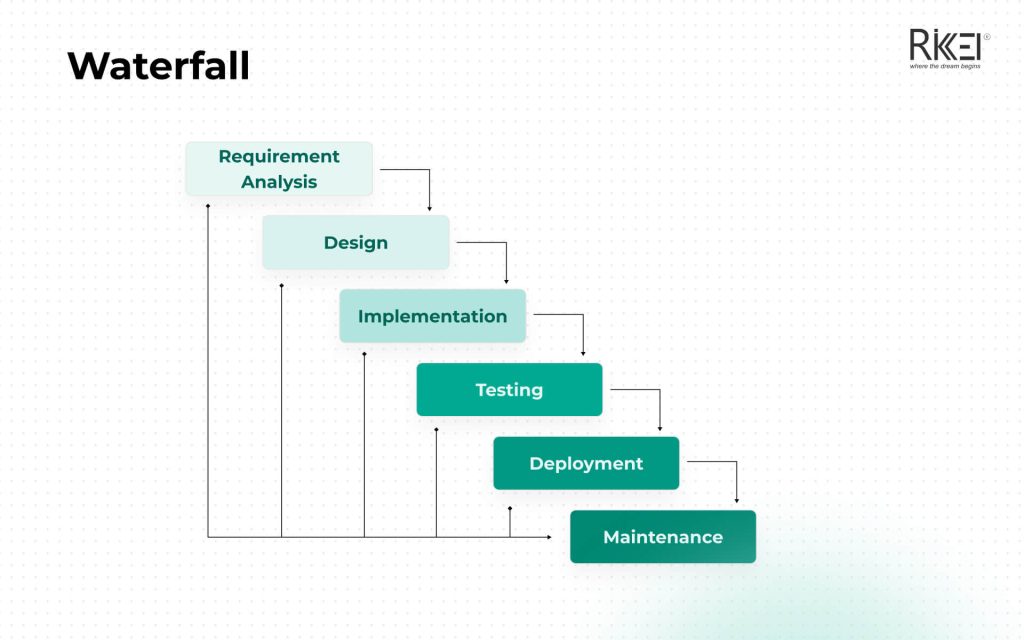
Here is how the Waterfall works. All the stages have to be finished respectively. It means the next step cannot start before the previous one is fully accomplished. The whole process is closely supervised and rigorously documented. Unfortunately, this model has a drawback on re-evaluating and ability to adjust the changes. Until the whole project is done will you be able to review and make adjustments. This results in such troublesome risks and uncontrollable outcomes. The team, especially the testers, is usually rushed; thus, the time and cost is wasted undoubtedly.
Some cases that go well with the model can be listed as:
- Small or mid-sized project with designated process and unchanging requirements.
- Strictly controlled project with predictable budget and timeframes.
- Adherable projects with diverse rules and regulations.
- Projects that utilize a popular technology stack and tools.
This model has its own pros and cons as below:
| PROS | CONS |
| Use clear structure | Difficult to make changes |
| Determine the end goal early | Exclude the client and/or end user |
| Transfer information well | Delay testing until after completion |
Agile
The next methodology for software development groups is Agile. The word “agile” can be explained as versatile. Agile refers to an approach based on repetitive enhancement. Nowadays, this model comes in different forms. Specifically, there are some common variations that come from the Agile model, such as: Scrum, Extreme Programming, Kaban, etc.
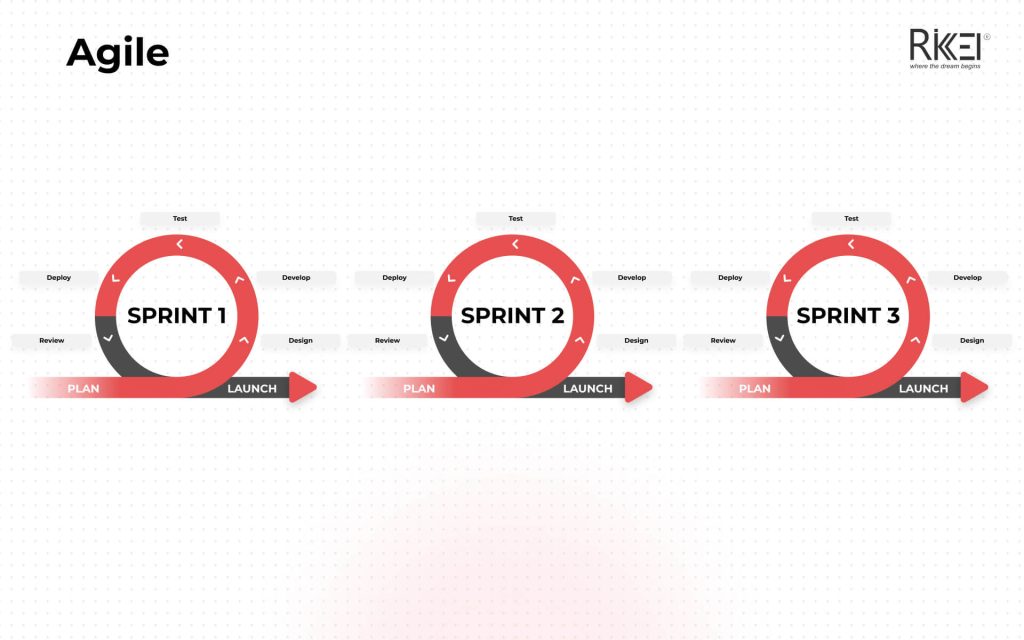
Here is its mechanical. Agile involves working in close collusion across all the roles in software development team and the customers likewise. There is a series of continuous processes called “Sprint”, and at the end of each sprint, stakeholders inspect the outcome and make assessments on the tasks in order to prepare for future sprints. This is a step to boost the return on investment (ROI) and assure the linear of user’s needs and company goals.
Some cases are suggested to use the Agile model as below:
- Startup projects, when end users’ require early review.
- Large projects that are easily divided into multiple functional parts and can be improved cumulatively over each sprint.
Similar to Waterfall model, Agile methodology has its own Pros and Cons:
| PROS | CONS |
| Flexibility | Lack of documentation |
| Embracing uncertainty | Scope creep |
| Immediate Feedback | Time frame is not optimal |
| Less defective products | Lack of predictability |
These are two most popular methodologies in modern development. Besides, there are other software development methodologies that might be more suitable to your project’s specific goals & needs. You can check our dedicated articles below:
7 Stages & Phases of Software Development Life Cycle
What is Software Development Methodology? 10 Key Methodologies
Outsourcing Models in Software Development
As you’ve already known, not every corporation can afford to gather a team with all the members they want, not to mention the quantity of the projects they have to handle. Therefore, it is time for the outsourcing vendors to step-in and join the work. Outsourcing can be easily explained as the process of paying to have parts of a company’s work done by another company (according to Cambridge Dictionary). Outsourcing has been increasingly well-known for a while now and they have proven their foothold in especially IT majors. In this section, you will be introduced to the models that are commonly utilized by most of the firms in technology-related business.
Offshore Development Center
ODC is a term standing for Offshore Development Center, which is well-known for services that are provided from foreign corporations. It is a form of business model that enables firms to outsource their software development and other IT-related tasks to offshore destinations. For companies that are seeking for a practical and economical option, ODC is a great sort of choice. ODCs offer diverse types of services, such as: Software development, website layout, SEO, etc.
Speaking of ODCs, it is usually known for their choices of labor in countries with the most optimized cost. Vietnam, India, China, the Philippines,… you can name it. Although it can be difficult in managing and maintaining the synchronizations in the operation process, ODCs are still assured of their high-quality manpower working in the same orientation and with values of your business.
Compared to other types of outsourcing models, ODCs obviously have their own benefits and challenges that are listed as below:
| PROS | CONS |
| Increased efficiency | Communication |
| Improved quality | Lack of control |
| Reduced costs | Resource management |
| Better resources | Staff changes |
Learn more about ODC: Everything about Offshore Development Center (ODC)
Dedicated Team
The next model will be discussed is Dedicated Team. It is a business model that is based on an agreement between the customer and the service vendors. Meanwhile, the service providers serve their clients with software development specialists in the long run. Depending on the client’s demands, a team structure will be gathered for their prevalent skills and experience for the job. The clients can choose to manage the team themselves, or give the outsource company to take care of their own team. If choosing the later option, the customers and the team leader/supervisor will need to regularly keep the contact in order to coordinate the whole process. Normally, the team works in the service vendors’ office with an advantage of lower accommodation cost.
This model also has some pros and cons to the firm using it:
| PROS | CONS |
| Predictable and defined budget | Inefficient for short-term projects |
| Full control over the management of the team | Long time for crewing |
| Deep understandings among the team members | Long time for team management |
| Continuous communication | High expenses |
| Stable and fully dedicate to the particular client |
Project-based Team
A project-based team structure is an organizational structure in which team members from different departments are gathered to all work on a project, under one project coordinator, with designated funding and often decision making autonomy. The project manager will be the only superior the team will have to report to. For a stakeholder, the focused and prioritized aim is one and only: accomplishing the project. This structure is suitable for companies with large, short-term projects that wish to accommodate innovation and growth by launching projects.
And here are the mentioned model’s pros and cons:
| PROS | CONS |
| Easy management with quick response | High costs |
| Shared motivation and goal | Unattached from the big picture of the firm |
| Continuous communication | Insecurity for the personnel |
Roles & Responsibilities in a Software Development Team
Now we’ll discuss the core aspect of forming a successful software development team. Those are each member’s roles and responsibilities in their group. Here are the 10 key roles that often appear in a software development team, along with their duties in a project.
A typical software development team structure includes:
- A product manager (PM)
- A Scrum Master
- A Quality Assurance (QA) analyst
- A Software Architect (SA)
- A Business Analyst (BA)
- A Technical Lead (TL)
- Developers
- Testers
- A Comtor (Communicator)
- A Bridge software/system engineer (BrSE)
Every team structure has distinct roles; thus, some departments do not share the same roles and responsibilities. Therefore, it is important to acknowledge all the project team roles and responsibilities in software development of each person.
Project manager (PM)
First of all, a software development team needs a Project manager. The role involves being in charge of the whole team to supervise the development process and its market entry. Project managers play the lead role in planning, executing, monitoring, controlling, and closing out projects. They are accountable for the entire project scope, the project team and resources, the project budget, and the success or failure of the project.
A project manager, with the support of their team, is charged with various responsibilities:
- Defining the scope of the project
- Staying on schedule
- Planning a project’s cost and sticking to the budget
- Managing project resources (including teams and workers)
- Documenting the progress of the project
- Communicating with stakeholders
- Assessing risks
- Troubleshooting
- Leading quality assurance
Scrum master
Firstly, we need to know the definition of “Scrum”. Scrum is a variation of the Agile model, and probably the most popular one in the Agile variation group. It is most frequently used in software development and IT-related works.
Scrum is a framework of process and management that solves complex problems, but still ensures the quality, the efficiency, the productivity, the creativity and the high-value of the outcome. Here is its mechanical. The product is built on a series of iterative processes (Sprints), each of which is another opportunity for the team to review and add better adjustment to the project in order to reach the best results. Each sprint will last for 2-4 weeks depending on the work’s capacity.
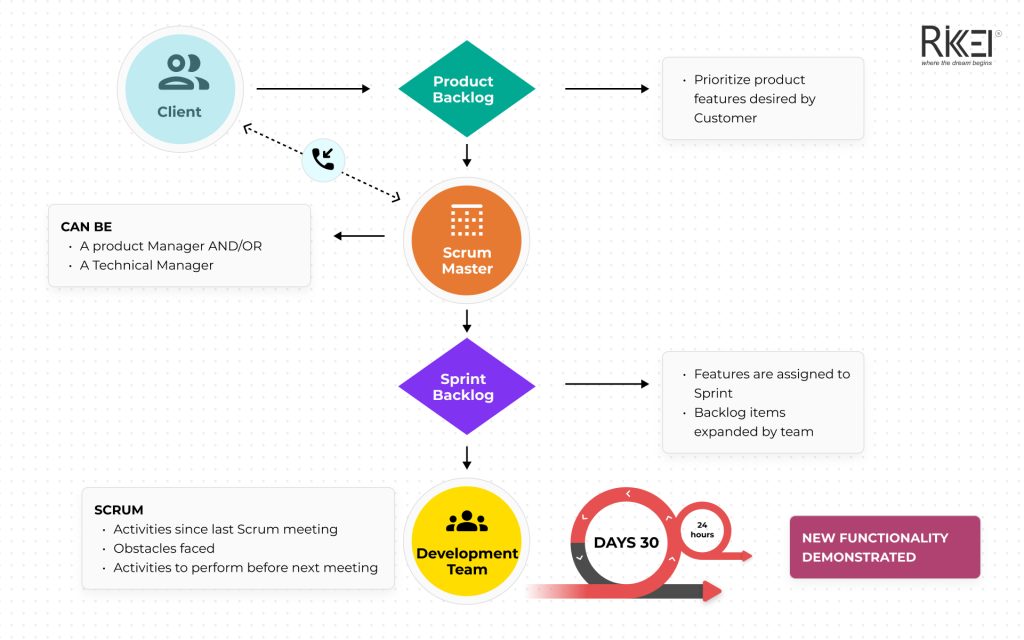
Let’s move on to the next definition: Scrum Master. A Scrum Master can be simply explained as the leader of a team that applies the Agile model through the course of their project. He/She will make the most use of communication and collaboration between the supervisor and the roles in the software development team so as to deliver the most optimized outcome.
So what is the difference between a PM and a Scrum Master? The fundamental distinction between them is in their focus. While a PM only aims at the project results, a SM focuses on the team, taking gradual steps to ensure the whole team and individuals of the team achieve concrete success.
A Scrum Master’s duties might include:
- Set up meetings, reviews, demos
- Help the team with their tasks
- Educate the team with Scrum principles and practices through case-study
- Update current progress from the tracking tools
- Identify and provide solutions
Quality assurance (QA) analyst
Technically just by the name, a Quality Assurance (QA) analyst is in charge of making sure the outcomes of every single stage reach the best conditions compared to the client’s standards.In this position, you are responsible for analyzing and assuring the status of the software outcomes, together with the whole working system. This may draw in a separate QA team with the clients when it comes to review all the clients’ feedback for the products’ issues.
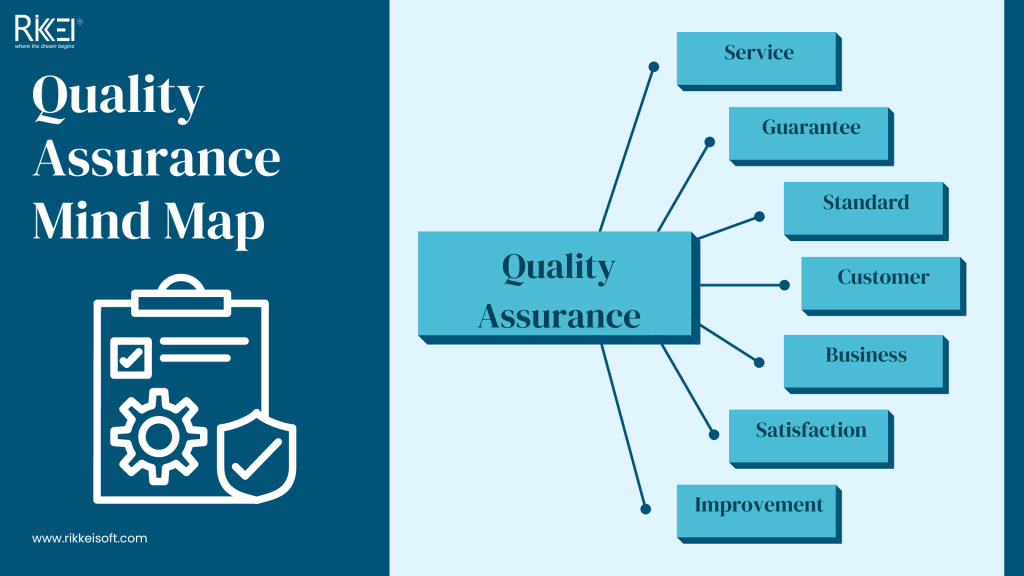
Distinguished to other software development roles, this job may involve:
- Address issues to the software development members
- Plan and carry out product testing
- Review products for errors
- Analyze test outcomes
- Track progress on product defects solutions
- Assure the final outcome reach the standards
- Add product enhancement
- Evaluate the opponents and the ongoing market
Software architect (SA)
A Software Architect is a position that takes charge in designing the framework for the system and implementing the division and detail among all the components. In addition, they are responsible for writing overview functional blueprints. It requires technical skills in order to take the job, such as: design skill & coding skills, along with other working skills such as decision-making and task simplification,etc.
As you can see, due to the required skills, a software architect will cover some duties as below:
- Create technical guides of the project including description of the architecture and design principles
- Evaluate the demands and decide the suitable tools, technologies and standards
- Guarantee that the process follow the pre-defined architecture
- Divide the project into more specific parts
- Ensure that each need is fulfilled to deliver the best products to the client
Business analyst (BA)
A Business analyst often uses the given data to create the team insights and suggest adjustments.As a business analyst, you will need to address the issues in any department of the corporation, especially during the IT processes. This position gives your team an increase in efficiency as well as helps optimize cost, which has proven their values in a software development team.
This role may involve in such responsibilities as:
- Address and prioritize the team’s functional needs and requirements
- Utilize the supporting tools such as SQL, Excel,… to resolve large data
- Accumulate the data visualization’s tables, charts, etc.
- Forming financial configurations to help making decisions
- Figure out business strategies, goals, needs,…
- Predict, make budget plans, perform variance and financial analysis
Technical lead (TL)
A Technical Lead is the supervisor who is in charge of delivering technical context and managing the developers in software development team. This role is also involved in regularly discussing with the project manager to ensure the outcome is delivered on time and cost-effectively. A concrete background in software development and strong communication skills are often required for this particular job as the tech lead will have to simultaneously work with both the clients and other software development roles of the team to avoid unwanted conflicts during the process.
Similar to other positions mentioned above, a Technical Lead commits himself into certain responsibilities:
- Establish work schedules for the team
- Divide tasks to reach daily, weekly, monthly goals
- Keep the liaison between the team and the clients to make sure all standards are met
- Address risks and devise emergency plans
- Examine ongoing operations and plan training sessions and meetings to review adjustments
- Keep up-to-date trends and enhancement
- Update schedules and troubleshoot problems
- Motivate the team members
Developers
A Developer is responsible for designing computer software and applications. In addition, this role creates the foundations for the mentioned work. They are considered specialists who are familiar with the utilization of programming languages, or in another word – “coding”, to make full use of the software’s functions. Today, website or database development is popular among all the developers as the demands of the customers in the market are enormous.
Developers have the responsibilities for fulfilling the duties such as:
- Discuss with the stakeholders and assemble all the demands
- Analyze the demands and provide designing resolutions and functions
- Illustrate the projects via wireframes and virtual prototypes
- Use specialized tools to modify programming codes and solve the problems
- Test for defects,errors, bugs and propose developments and fixes
- Enhance testing and verification processes
Testers
A Software Tester’s main commitment is assuring the quality of the software products, as well as testing to tackle all the maintaining errors before giving the product to the customer. Depending on the project’s demands, a tester may have to dig deeper and pay great attention to tiny details.
Testers are divided into two types: Manual and Automation. While manual testing focuses on technical skills and manual testing knowledge, automation testing concentrates on coding skills with a great knowledge on coding languages such as: Java, C++, Python, etc.
In general, either type of testers will certainly share some similar duties as:
- Read and be able to understand all the documents in order to test
- Decide the testing steps
- Report to the supervisor about all the required resources
- Improve the quality of test cases and activities
- Handle and report all defects
- Review and adjust the process whenever changes are made
Comtor (Communicator)
Comtor is a term that stands for Communicator, or it can be understood as a translating job in the IT business. The word originally comes from Japan, where the shortage of manpower is an urgent problem. They create this position in order to tackle the lack of personnel problem, and simultaneously attract laborers from other countries with reasonable human resources.
The main role of Communicators is to communicate information from customers or parent companies to employees and engineers in Vietnam and vice versa. They must also ensure the translation of documents related to the project, as well as the accuracy of the content. Therefore, other departments will be able to capture the information in the most accurate and complete way.
Here are their responsibilities:
- Translate documents for engineers when receiving a technical documents request.
- Interpret the exchange between the two parties such as Q&A, the feedback that takes place during the implementation of that request.
- Explain the customer’s descriptions and requirements to the project and team.
- Join the meeting to report progress, and save the meeting minutes.
- Grasp the progress to proactively contact customers when unexpected problems occur.
- The means of communication between customers and IT Comtor are usually Email, internal SNS network,…
Bridge system engineer (BrSE)
Bridge System Engineer (BrSE) is the role that has the responsibilities to keep the liaison between the company and partner. Their vision is to support the two associations in comprehending each other a lot better without any extreme conflicts, resulting in healthy relationships. Therefore, the whole process works more smoothly and reaches the best results that meet or even surpass the customers’ expectations. The BrSE’s purpose is to observe the team and the project from building the plans ‘till delivering the end user the accomplished products.
A Bridge System Engineer will have to bear in mind with their duties changing every now and then, but commonly as follows:
- Handle and process the communication between the team and the clients
- Take care of the liaison between the team and the business partners
- Plan out daily tasks
- Ensure the process is following the schedule
- Report the progress weekly, monthly.
It also depends on each stage of the project that a Bridge System Engineer are supposed to handle:
- Beginning of the process: Analyze, setup plans and be ready for any situations
- During the process: Control and supervise the progress, adjust the approach in order to improve both efficiency and productivity.
- Ending of the process: Overview and test the outcomes before delivering to the end users.
BrSE is a challenging software development role which requires flexibility and ability to adapt to any unexpected situations with the purpose of achieving high efficiency and productivity.
All of the information above has provided you with an enormous amount of knowledge about forming a software development team and each role and their responsibilities for the job. Hope you can find the most suitable models or specific positions for yourself with this article. If you have any questions, please feel free to contact us. We will support you with our finest services, and answer your inquiry with all of our heart.
More From Blog

April 4, 2024
Big Data Performance: Maximize Your Business Value
In today’s data-driven world, organizations are constantly generating and collecting immense amounts of data to understand their customers more deeply. This data, often referred to as “big data,” holds immense potential for organizations to seek opportunities and overcome challenges. But accessing and analyzing big data isn’t enough to have proper strategies; organizations must pay attention to […]

April 4, 2024
How Real-Time Data Analysis Empowers Your Business
In today’s fast-paced business landscape, the ability to quickly make data-driven decisions has become a key differentiator for success. Real-time data analysis, the process of analyzing data as soon as it’s generated, has emerged as a powerful tool to empower business across industries. By leveraging real-time data analysis, organizations can gain timely and actionable insights, […]

April 4, 2024
Differences Between Data Science and Computer Science
Data Science and Computer Science are distinct fields overlapping in certain areas but have different focuses and objectives. The article below will help you clearly understand the differences and the close connection between the two fields. What is Data Science? Data Science is an interdisciplinary field that combines scientific methods, processes, algorithms, and systems to […]

March 28, 2024
Introduction to Data Visualization and Key Considerations for Businesses
In your opinion, what is data visualization? Your main goal is to communicate your recommendations engagingly and effectively, right? To achieve this, let’s immediately explore a method that can represent information with images. What is Data Visualization? Define data visualization and their roles in organizations First, you need to find the answer to the question: […]

March 21, 2024
How to Build an Effective Big Data Analytics Tool for Your Business
Building an analytics tool for a business brings several significant benefits, especially in today’s business environment where data is becoming larger and more complex. So how to build an effective analysis tool for businesses, follow the article below! Assessing Business Needs Assessing business needs involves understanding the requirements, goals, and challenges of a business or […]

March 14, 2024
What Is Oracle Business Intelligence? Their Role in Today’s Enterprises
Oracle Business Intelligence (BI) refers to a suite of tools, technologies, and applications designed to help organizations collect, analyze and present business data. The primary goal of Oracle BI is to provide actionable insights to support decision-making within an organization. Oracle BI encompasses a range of products that enable users to gather, process and visualize […]

